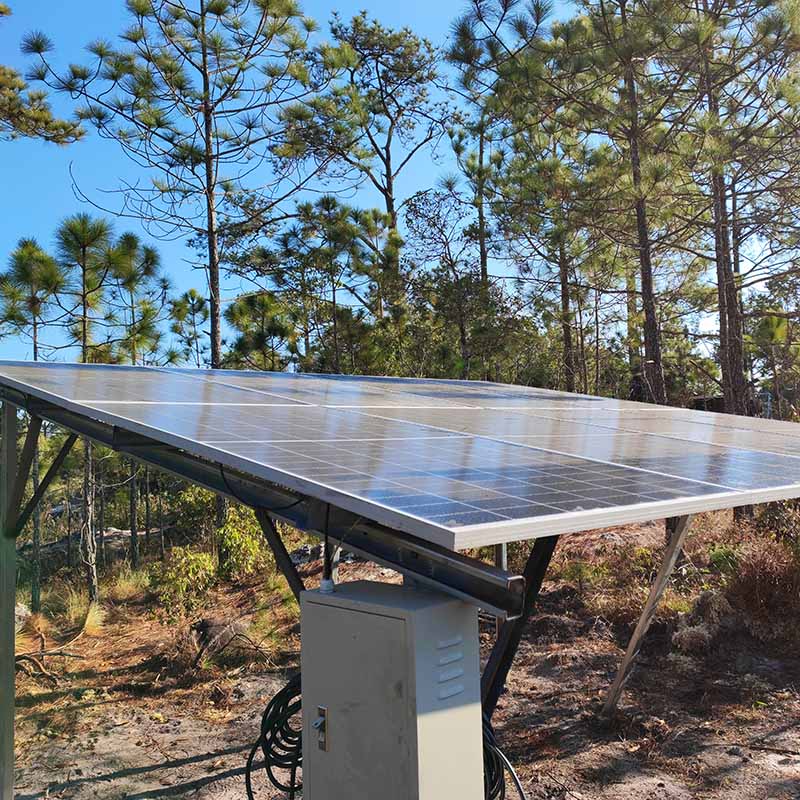
By: Vir P.
Year: 2022
School: San Clemente High
Grade: 10
Science Teacher: Jaques Andre
Vir, a young and environmentally conscious individual, was inspired by the amount of electricity wasted by his family and neighbors through outdoor lighting. He embarked on a science project to create an eco-friendly and cost-effective solution to power outdoor lighting. Through his research, he decided to use solar energy as it is available everywhere and is the cleanest of all renewable resources.
To start the project, Vir researched different renewable resources, including geothermal, wind, solar, and hydro power, and narrowed down his focus on solar energy. He then researched the best way to hold electricity for outdoor lighting at night and decided to use low voltage DC lights, excluding the need for a transformer.
For his project, Vir used a solar panel with a battery and charge controller to power the outdoor lighting. He measured the solar panel charge rate at different sun exposure levels and found that with 100% sun exposure, the solar panel held 18.8 volts with a 5.1 amps charge rate. He used a 14.3 volts battery with -0.1amps from the display to power his lights, which drew a total of -1.7 amps.
Vir used wire strippers, wire cutters, and crimpers, as well as a standard screwdriver, wrench kit, and electrical tape to secure the exposed wire. He used a fuse block with a 5V fuse to protect the lights and waterproof terminal and crimp connectors for additional safety. He also used a Solar Panel Tilt Mount for the 100-Watt 12 Volt Monocrystalline Solar Panel and an MPPT Charge Controller.
The start-to-finish process was complicated, and Vir encountered challenges such as a blown fuse, a powerful battery that took a long time to charge, and not charging his battery more often. The most significant variable was precipitation, as his project was not initially waterproof. However, Vir was patient and learned from his mistakes, rebuilding his project to be more efficient.
The project was successful in achieving Vir’s goal of creating a working outdoor light system that was cost-effective and used a renewable resource. He was able to validate his project by showing that it was possible to add additional lights or other fixtures for outdoor needs while using a renewable resource. Through his project, Vir learned about renewable resources, solar panels, and best practices for outdoor lighting. He also learned about patience and the importance of perseverance in scientific projects.
